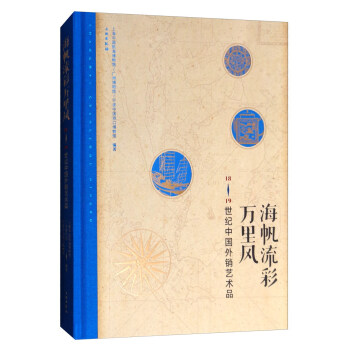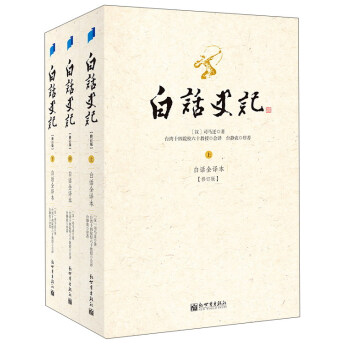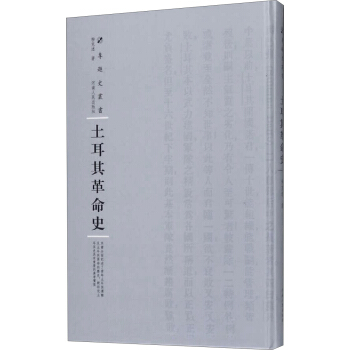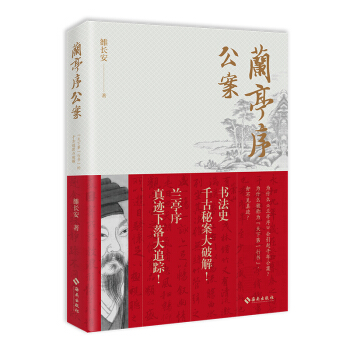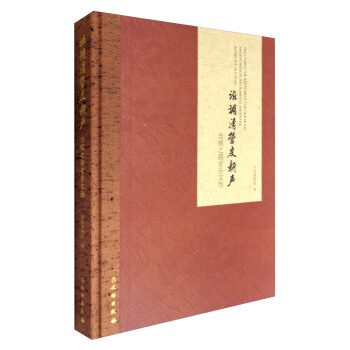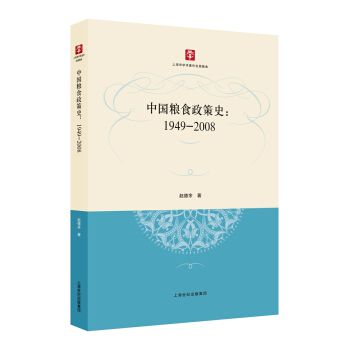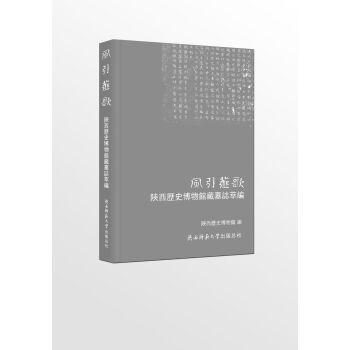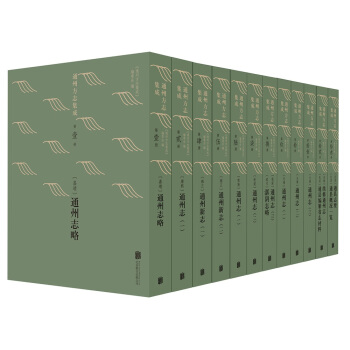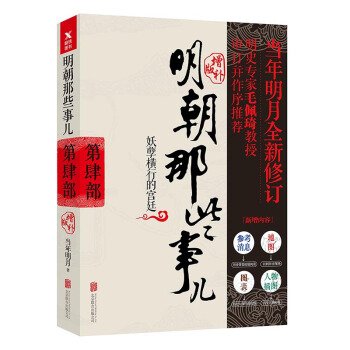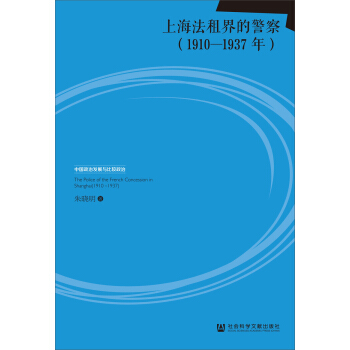

具体描述
内容简介
上海法租界警察是法国驻沪领事直接领导下的警察机构,是维持法国在沪乃至在华利益的重要力量。它兼具政治镇压和社会管理的双重功能,不仅对中国现代政治的发展产生了一定的影响,而且对塑造上海城市空间和都市文化发挥了不可缺少的重要作用。本书主要利用法国外交部档案馆、法国海外殖民档案馆、上海档案馆的档案资料,并结合法语、英语和中文的相关研究,对上海法租界警察的源起、组织机构、人事构成、社会管理和政治镇压的职能进行了全面的分析和论述。作者简介
朱晓明,1981年生于山东淄博。现任教于中国人民大学国际关系学院政治学系。本硕毕业于华东师范大学历史系,博士毕业于法国里昂高等师范(Ecole Normale Superieure de Lyon),师从安克强(Christian Henriot)教授和许纪霖教授,主攻中国近现代史。目录
AcknowledgementAbstract
Introduction
Chapter Ⅰ The origin of the police in the French Concession
1 The legal bases of the police in the French Concession
2 Special geography of jurisdictions in Shanghai
3 Urbanisation and new challenges for the police
4 The network of the French Colonial Empire
Chapter Ⅱ Organisation of the police
1 Control of the police by the French Consul
2 Militarisation and professionalisation of the police
3 Organisations and functions of the police in the 1930s
4 Police costs and revenue
Chapter Ⅲ The police force in the French Concession
1 A multinational police force
2 Standards of recruitment
3 Training and the courses to become a policeman
4 Salaries and welfare benefits
5 Job stability and career
6 A day in the life of a policeman in Shanghai
Chapter IV Police and politics: A history of the political section of the police
1 Organisation of the Political Section and its functions
2 The Guomindang and the Chinese communists in the French Concession
3 The Japanese factor
General Conclusion
精彩书摘
《上海法租界的警察(1910-1937年)》:From this comparison of salaries of French, Russian, Chinese and Vietnamese policemen in the French Concession, it can be concluded that salaries were differentiated not only by official rank, but also by racial hierarchy—the French were the most favoured, followed by the Russians, then the Vietnamese, with the Chinese being the least favoured.This racial hierarchy was also applied to the structure of the police force as a whole—French police were the leaders and managers, seconded by the Russians, with the Vietnamese and Chinese forming the labourers and the 'working classes'.
4.1.3 A comparison between the salaries of policemen and employees of other municipal services in the French Concession
In 1897, as found in the archives, the first complaint regarding the unequal levels of salary between police and employees from other municipal services was raised.The Chief of Police complained that salaries of employees in the Bureau of Public Works (Service des Travaux) and in the Secretariat were much higher than those of policemen.This was largely due to the fact that salaries within municipal services had been increased several times, whereas police salaries had not been increased in 14 years.For example, in July 1887, a tax collector's monthly salary was 90 taels, while that of a lst class NCO (sous—officier de lere classe) was 65 taels.Ten years later, the tax collector's salary had increased to 170 taels per month, but the NCO still received just 65 taels every month.Following this, police salaries were increased by 10—50 taels over the next two years, thus going some way to alleviate the problem.
……
前言/序言
AcknowledgementFirstly, and most importantly, I would like to thank my dissertation director: Mr. Christian Henriot, for guiding me through my research. His trust, patience and professional academic guidance has seen me through the last five years, whenever and wherever I needed his help. He pushed me ahead whenever I lost courage, when I was lost amongst the numerous archives and written work, and when I was beset with family issues and academic problems. He is one of the most responsible and the best professors that I have ever met, and I am very grateful to him for being such a good and kind dissertation director.
I would also like to thank Mr. Xu Jilin, co-director of my dissertation, for his encouragement and support during the years. Without his help, I could not have completed this research.
My sincere thanks also go to the archivists in the Diplomatic Archives of Paris and Nantes, Shanghai Municipal Archives, Service Historique de la Défense, and Archives Nationales d’outre-mer, for helping me to search the catalogues and for delivering the archives, which formed the basis of my research.
I’d like to thank Madame Feng Yi, Madame Zhang Yu, Mr. Fran.ois Guillemot, and MadameYamamoto Miyuki for helping me so much during my stay in the Institut d’Asie Oriental. I would also like to thank Clémence Andréys for helping me read the handwritten French archives; Isabelle Durand for making the beautiful maps in my dissertation; my dear friends Ni Xiaofang, Li Na, Xiao Qi and Ni Xiaoju for letting me share their small rooms whenever I stayed in Paris; and Dorothée Rihal, Lee Ju Ling, Sung Tzu-hsuan and Zhao Weiqing for their encouragement and thoughtful discussion during my writing process.
I would also like to thank the professors who helped a great deal during my research: Madame Jiang Jin, Madame Christine Cornet, Madame Xiaohong Xiao-Planes, Mr. Moullier Igor, Madame Marie Vogel, Mr. Jean-Marc Berlière and Mr. Emmanuel Blanchard. Thanks also go to Divya Castelino for her excellent copyediting. And, last, but not least, I would like to thank my parents and husband for supporting me unconditionally.
Abstract
Shanghai, a treaty port open to foreigners after the Nanjing Treaty, has been the subject for many studies not only for its abundant archives and research materials, but also its important role as the economic centre of China and a unique international platform where different cultures and political or social practices met and interacted.
Due to the existence of three different jurisdictions in the city (Chinese municipality, French Concession & International Settlement) with each following an individual trajectory in terms of institutional development, social regulation, and policing, Shanghai constitutes a very interesting place to observe the processes-and tensions, negotiations or compromises therein-that sustained the confrontation between ‘state’ and society, between competing ‘state’ powers, between China and colonizing powers.
The police in the French Concession was a police institution under the direct control of the French Consul in Shanghai. It was an important force designed to protect French interests in Shanghai and in China. It not only influenced modern Chinese politics but also played a significant role in constructing the urban space and culture of Shanghai.
The first chapter studies the legal bases of the police in the French Concession and the special context of Shanghai. By analyzing the relevant articles of Treaty of Nanjing, the Treaty of Whampoa, the Treaty of Tientsin, the Land Regulations and Règlement d’organisation de la Concession Fran.aise, the book establishes that the existence of police forces in the French Concession were not planned under the basic articles that regulated the foreign settlements in China and that the police came into existence at a time when Chinese local authorities were paralyzed during the Taiping and Small Sword rebellions in the city. The police came into being as a fait accompli. Shanghai witnessed rapid urbanization and population growth along with industrialization at the beginning of the twentieth century. As Shanghai became an important metropolis in China and beyond, many problems arose, including the rise of criminality, which brought new challenges to the police. The French police in Shanghai was also placed in the context of the French imperial network, as Shanghai became the most important French asset in China. Its police personnel came to be integrated with French colonial personnel, technology and information flows.
The second chapter concentrates on the evolution of police organization during the firstthreedecades of the twentiethcentury. The Frenchpolicewentt hrough several reforms under the leadership of Mallet, Fiori and Fabre, the three most important police chiefs in the French Concession. Mallet’s reform laid down the basic organization of the police, its militarization and the introduction of Vietnamese soldiers into the force. His far-sighted establishment of judicial identification in the Concession helped the French to synchronize with modern police techniques. During W.W. I, as most French policemen were mobilized and went back to Europe, the police went into a period of stagnation. The lack of European policemen led to the rise of Chinese policemen within the force. Fiori inherited this situation in 1919 and tried to take advantage of the Chinese connections between the police and the organized crime, which led to the controversial ‘pact with the devil’ and ultimately his forced departure in 1932. However during his eleven years of service, he upgraded police organization to cope with the new challenges in Shanghai and succeeded to reorganize the police into a more professional force by 1930. His successor, Fabre, cleaned up the ‘bad’ elements of the police and made several adjustments on the basis of the organization left by Fiori. The political functions and crime fighting abilities of the police were reinforced. At the end of this process, the police of the French Concession was fine and complex modern police force.
The third chapter examines the policemen themselves. The police were composed of officers from several nationalities, the four most important being French, Russian, Chinese and Vietnamese. Through a comparative study of recruiting conditions, training courses, salaries, welfare and job turnover, I establish that the police was a hierarchal institution based on a differentiated treatment according to race and nationality. The French policemen stood at the top of the pyramid, with the least number of heads, but the most influential powers a s all the superior officers, chiefs and deputy chiefs had to be French. The French also enjoyed the best salaries and welfare conditions. The Russians were cheap white labor forces compared to the French and other foreign policemen and constituted the second highest class of the police. The Vietnamese and Chinese policemen are at the bottom of the pyramid and constituted the majority of the policemen in the Concession. The Vietnamese policemen were soldiers before entering police service and their military qualities and discipline were brought to the police defense abilities. They were also a double security to defend French interests in Shanghai in case Chinese nationalism spread to the Chinese policemen. The Chinese policemen were the lowest class in the police and enjoyed the lowest level of salaries and welfare. They lost their jobs very easily and their career as a policeman was quite short and unstable compared to the other nationalities.
The fourth chapter studies the Political service. From the 1920s to the 1930s, three historical currents swept over China—nationalism, communism and Japanese expansionism. All these three forces met in Shanghai and led up to the creation and development of the Political Service of the French police force. In 1927, after the rupture of the Chinese Communist Party and the Guomindang, the political police was formally instituted as a specific police department. It was reformed in 1930 and 1932 not only to take care of collecting information about the political, military, economic and social dynamics in China, but also to make arrests and deal in exchange of mutual interests. An agreement signed in 1914 with the Beiyang Government to extradite and arrest the individuals suspected of political crimes or offences helped the French Concession to obtain its last and largest territorial expansion. Suppressing the activities of the Guomindang in the French Concession at the request of local Chinese authorities in 1926 was a continuance of the 1914 agreement and a tactic for the French Concession to maintain good relationships with the local powerholders. When the Guomindang came to power, a close cooperation developed between the Chinese police and the police of two foreign settlements to hunt down at an unprecedented pace the underground communists. The Korean revolutionaries became a problem when the Japanese authorities asked the authorities of French Concession to take actions against them in 1925. The problem was solved to the advantage of Japan in exchange for Japanese cooperation over the Vietnamese revolutionaries in Japan.
用户评价
我尤其欣赏书中对“控制”与“被控制”主题的探讨。法租界警察的职责核心是如何在有限的辖区内实现对特定人群的有效管理和威慑,书中对巡防模式、情报收集以及应对突发骚乱的策略都有着细致的描绘。这不仅仅是关于警察工作的记录,更是关于近代城市空间被建构和规训的过程。通过聚焦于维持“秩序”的这群人,我们得以窥见当时上海这座魔都如何在不同势力和利益的拉扯下,艰难地维持着一种表面上的繁荣与稳定。这本书成功地让读者去思考,在那个被划分的城市空间里,“安全”究竟意味着什么。
评分这本书的文献价值和可读性达到了一个奇妙的平衡点。对于研究那个时代社会史的学者来说,它无疑是一份宝贵的资料库,充满了可供挖掘的史料线索和新的解释角度。但即便对于像我这样仅仅对近代上海风情抱有兴趣的普通读者而言,它也具有极强的吸引力。作者的文笔老辣,擅长营造场景,无论是描绘租界内部的霓虹闪烁,还是揭露暗巷中的权力交易,都显得游刃有余。这种既有学术深度又不失文学魅力的写作风格,使得阅读过程成为一种享受而非负担。
评分这本书的叙事节奏把握得相当到位,时而紧张激烈,如同亲历一场街头冲突,时而又平缓深沉,探讨着更宏大的社会结构问题。我特别注意到作者在描述具体案件和执法细节时所展现出的专业性,这绝非泛泛而谈,而是建立在扎实的史料基础之上的。那种对规章制度、武器装备乃至巡逻路线的详尽描述,为整个故事增添了强烈的真实感和厚重感。它不像某些历史读物那样干巴巴地堆砌事实,而是将这些细节巧妙地编织进生动的人物命运之中,使得冰冷的历史数据也焕发出了人性化的光彩。每次翻阅,我都能从中发现新的细节,每一次都像是在重新拼凑一个复杂而迷人的历史碎片。
评分最让我感到惊喜的是,作者并没有将法租界警察简单地标签化为“压迫者”或“殖民工具”,而是呈现了他们内部的多样性和矛盾性。那些受过新式训练的华捕与传统的“更夫”之间的张力,不同国籍巡捕之间的协作与摩擦,都被描绘得入木三分。这种多维度的视角,极大地丰富了我对近代中国城市治理史的认知。它揭示了在特定历史框架下,维持社会秩序的复杂性,以及身处权力结构中的个体所必须面对的道德困境。读完此书,我深刻体会到历史事件往往不是非黑即白的,而是充满了灰色地带和难以言说的灰色人物。
评分这本关于上海法租界警察的书籍,初读时我就被那种独特的历史氛围所吸引。作者的笔触细腻入微,仿佛带领我穿越回那个风云变幻的年代。我特别欣赏书中对于不同时期法租界巡捕房内部运作机制的深入剖析,那种既有西方殖民体系的刻板,又夹杂着东方社会复杂人际关系的描写,真是引人入胜。书中对那些底层巡捕的刻画尤为生动,他们如何在东西方文化的夹缝中求生存,他们的忠诚与背叛,他们的挣扎与无奈,都展现得淋漓尽致。读完后,我感觉自己像是参与了一场关于权力、身份认同与历史变迁的深刻探讨,而非仅仅是阅读了一本历史书。那种沉浸式的体验,让我对那个特定历史时期的社会肌理有了更深层次的理解。
相关图书
本站所有内容均为互联网搜索引擎提供的公开搜索信息,本站不存储任何数据与内容,任何内容与数据均与本站无关,如有需要请联系相关搜索引擎包括但不限于百度,google,bing,sogou 等
© 2025 book.coffeedeals.club All Rights Reserved. 静流书站 版权所有

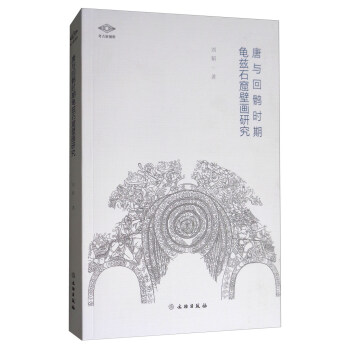
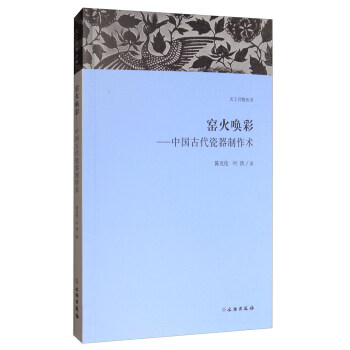

![美·好·中华:近二十年考古成果展 [Splendor and Bearuty:The Archaeological Finds in Recent 20 Years in China] pdf epub mobi 电子书 下载](https://pic.windowsfront.com/12212047/5a095d17N0f9b1e59.jpg)
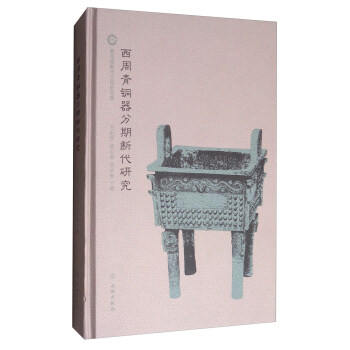
![佛像的故乡:犍陀罗佛教艺术 [The Hometown of Buddha:The Buddhist Art of Gandhara] pdf epub mobi 电子书 下载](https://pic.windowsfront.com/12212051/5a095d17N76467502.jpg)
